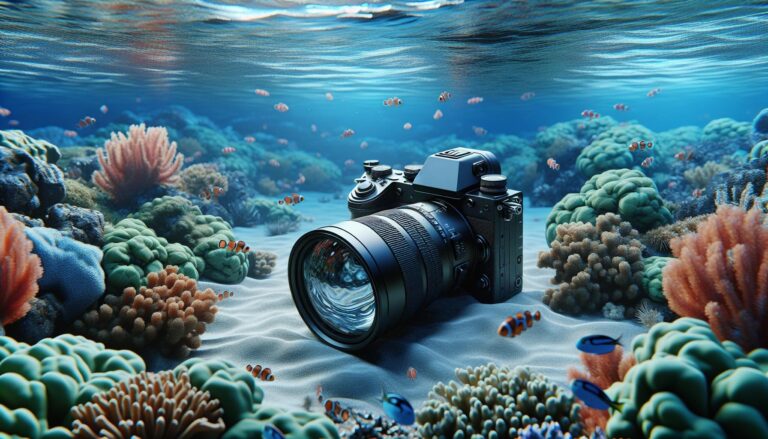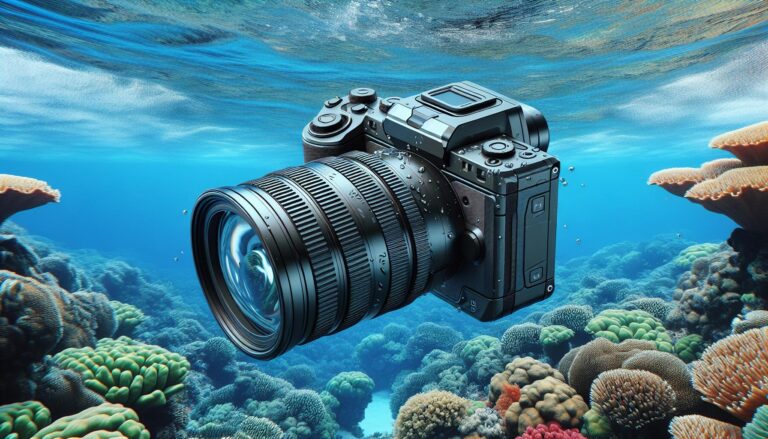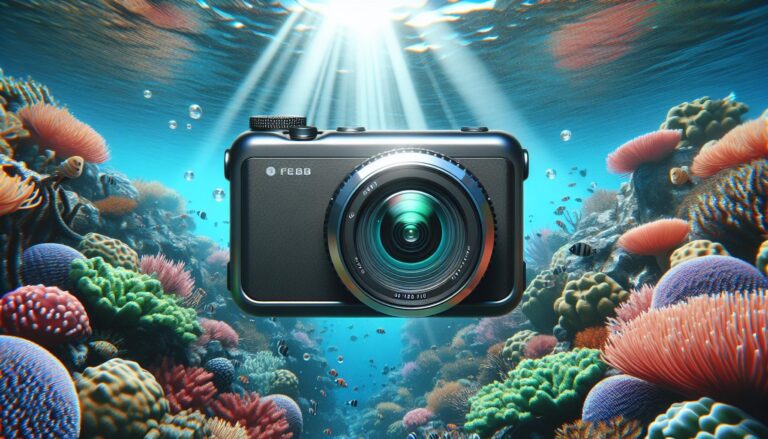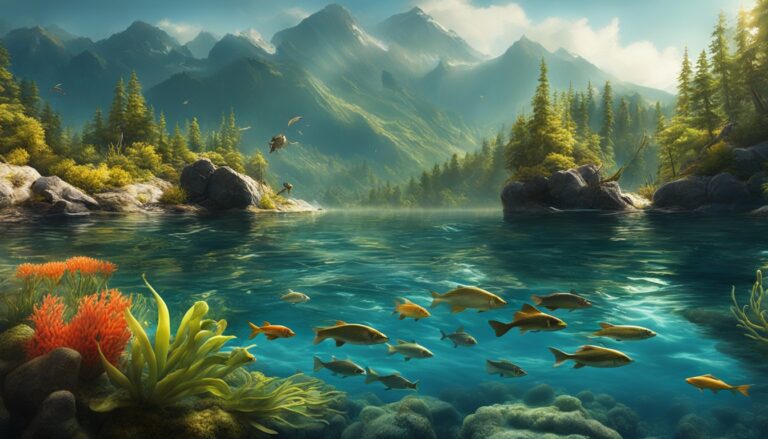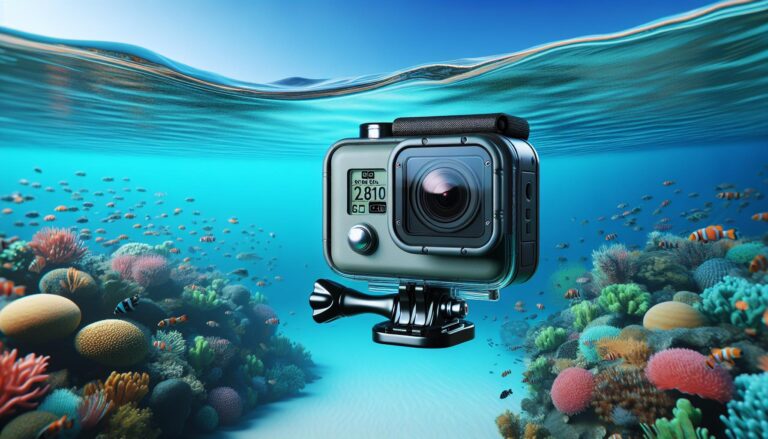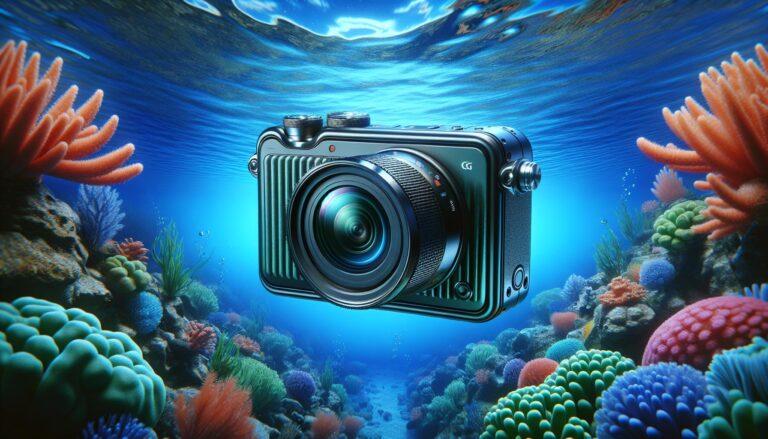Mastering Underwater Photography: A Comprehensive Guide to Choosing and Using Underwater Cameras
As an avid diver and photographer, I’ve always been captivated by the vibrant, mysterious world beneath the waves. Capturing this underwater wonderland, however, requires more than just a standard camera. Enter the realm of underwater cameras, your ticket to unlocking the ocean’s secrets.
Underwater cameras are a game-changer for aquatic enthusiasts. They’re designed to withstand pressure, resist water damage, and deliver stunning shots even in low-light conditions. But with a sea of options out there, how do you choose the right one for your next aquatic adventure?
Understanding the Basics of an Underwater Camera
As a vested diver and a passionate photographer, I’ll cover the essentials of an underwater camera in this section. Let’s focus on the variety of these cameras and their defining attributes.
Different Types of Underwater Cameras
Diving into the world of underwater photography, it becomes apparent that there are three primary types of underwater cameras: Compact, Mirrorless, and DSLR.
- Compact Cameras describe pocket-sized and user-friendly devices, like the Olympus Tough TG-6. Being portable and economical, compact cameras represent an ideal choice for beginners.
- Mirrorless Cameras, such as the Sony Alpha a6000, merge the best of both worlds, as they pack powerful imaging capabilities into a body comparably lighter than DSLRs.
- Digital Single Lens Reflex (DSLR) Cameras, like Nikon D850, stand atop the spectrum, offering advanced photographers unparalleled image quality and exceedingly fast performance, given the high investment.
By understanding these classifications, one can make an informed decision tailored to their photography skills, budget, and requirements out of the camera.
Key Features of a Good Underwater Camera
When perusing potential underwater cameras, certain features are critical to ensure the device suits aquatic use. These features include Depth Rating, Image Quality, and Camera Controls.
- Depth Rating: This pertains to the maximum depth which a camera can sustain without succumbing to water pressure. For casual snorkelers, a camera with a depth rating of 10 meters suffices. However, for deep-sea explorers, cameras with ratings over 40 meters are appropriate.
- Image Quality: Opt for cameras with higher resolution and better low-light performance, ensuring vivid and clear underwater images.
- Camera Controls: An easy user interface and accessible camera controls facilitate in adjusting settings easily even when one is submerged.
An examination of these key features should help guide your underwater camera purchase, and make your next underwater journey a visually memorable one. Remember, the best camera for you would be one that caters to your specific needs and skill level.
Analyzing Top Underwater Camera Brands
Diving beneath the deep waters, let’s bring into focus the top underwater camera brands. Waving the flag of excellence in aquatic photography, these top brands have been satisfying enthusiasts with their high-performing models.
Reviewing Popular Models from Brand A
Brand A takes pride in its top-notch underwater cameras. The Brand A Pro X1, for instance, boasts sharp image quality and can withstand depths of 100 meters, making it an ideal companion for deep-sea explorers. Its compact design offers the rests in the palm of your hand experience, while high-resolution image capture capabilities ensure a vivid undersea journey. Camera controls of Pro X1 are user-friendly, aiding photographers at all skill levels.
Another popular model, the Brand A Lite Z2, targets budding underwater photographers. The Lite Z2 provides a manageable depth rating of 50 meters. Though boasting less depth resistance than the Pro X1, Z2’s outstanding image quality and simplified controls elevate it as a top contender for novices in underwater photography.
Reviewing Popular Models from Brand B
Turning the spotlight to Brand B, unplug the richness it brings to aquatic photography. Brand B’s flagship underwater camera, the Mega Y3, proves to be a beast in the watery realm. This camera provides photographers an impressive depth rating of 200 meters. Staying true to its ‘Mega’ name, it offers unparalleled high-resolution image capture capabilities keeping visuals sharp even in challenging underwater conditions.
Complimenting Mega Y3, Brand B’s entry-level model, the Mini C2, also charters underwater realms with grace. With a handy depth rating of 40 meters and user-friendly controls, this camera mainly targets beginners. Though less potent in depth resistance when compared to the Mega Y3, the Mini C2 still captures top-notch images, making it an attractive choice for budding underwater enthusiasts.
How to Use an Underwater Camera
Mastering the skill of underwater photography involves knowing your camera and familiarizing yourself with specific shooting techniques. Let’s delve into some useful tips for shooting underwater and understanding focus and composition in an underwater environment.
Tips for Shooting Underwater
- Stay Proximate: For better results, get as close to the subject as possible. Avoid shooting from a distance.
- Master Buoyancy Control: Enriched control of your buoyancy results in steady pictures. A device like a float strap, for instance, aids in maintaining neutral buoyancy.
- Underwater White Balance: For optimal color accuracy in your pictures, adjusting the white balance to your underwater setting is necessary. The Pro X1 and Mega Y3 models, for instance, support automatic and manual white balance settings.
- Continuous Shooting Mode: This mode proves invaluable when capturing fast-moving marine life. Both the Lite Z2 and the Mini C2 models offer this feature.
- Use Underwater Photography Settings: Save time and enhance picture quality using pre-set underwater modes which most underwater cameras like the Pro X1, Mega Y3, Lite Z2, and Mini C2 have.
- Single Auto Focus Mode: Use this mode to fix the focus on the subject before composing the shot.
- Rule of Thirds: Placing the subject at the intersection of the drawn lines in a 9-part grid, improves composition and balance in your image.
- Portrait or Landscape: Consider the size and shape of the subject, opting for landscape orientation for wider subjects and portrait for taller ones.
- Include a Background: To showcase scale and environment, include a bit of landscape as your photo’s background.
- Capture Different Angles: Photograph from various perspectives and angles, ensuring capturing both top and side views for more context and detail.
Maintenance and Care for Your Underwater Camera
As we move forward, let’s dive into maintaining your underwater camera, ensuring it serves you well for years to come.
Cleaning and Storing Your Underwater Camera
Proper cleaning proves crucial in extending the life of your underwater camera. First, rinse the camera in fresh water, avoiding hot water as it can damage the camera seals. Next, use a soft, dry cloth to blot dry, not rub. Additionally, ensure the lens, port, and housing are clean with no sand, dust, or saltwater residue. It’s not enough to just clean your camera; it’s equally essential to store it correctly. For storage, keep your camera in a dry, cool place away from direct sunlight. Remove batteries before storing to prevent corrosion and wrap your camera in a clean, dry cloth to further protect it from dust and scratches.
Common Underwater Camera Problems and Solutions
Even with excellent care, sometimes problems may arise with your underwater camera. Let’s look at some of them:
- Fogging: This happens when the humidity inside the case condenses. Putting silica gel packets inside the camera housing can help mitigate this problem.
- Overheating: It’s common for underwater cameras to overheat in hot environments. To avoid damage, always allow the camera to cool down before diving in.
- Pressure Related Housing Leaks: These usually occur in deep water and can be mitigated by routinely servicing and replacing your camera’s O-rings.
By understanding these issues and how to solve them, you’ll keep your underwater camera in good working order, ready for your next underwater photography adventure.
Long-Term Review: An Underwater Camera After a Year
After one year of usage, the long-term effectiveness of an underwater camera has its illustrations. It lays in capturing high-resolution images beneath the sea surface, in extreme conditions, and even at great depths. For instance, Pro X1 from Brand A, with its 100-meter depth rating, stands out significantly in deep-sea photography. On the other hand, the Mega Y3 model from Brand B, boasting a depth rating of 200 meters, excels at high-resolution underwater photography.
With consistent usage, I’ve understood the discipline required in handling these underwater tools. Mastering buoyancy control and adjusting the white balance underwater are factors of continual learning. Yet, the continuous shooting mode, single auto-focus, and the rule of thirds have heightened the outcome of my underwater snaps. Choices between portrait and landscape orientation, or including diverse backgrounds, amplify the shot’s effectiveness.
Contrary to conventional cameras, an underwater camera model like Pro X1 or Mega Y3 demands precision in its maintenance. My practices of regular cleaning and methodical storage have increased both models’ lifespan and kept fogging, overheating, and pressure-related housing leaks at bay.
Sustained use brings about some disadvantages, despite their high-quality images and hardiness. Encountering occasional fogging and overheating, primarily when used constantly for longer periods, is a common sight. Yet, proactive measures, like moisture-absorbent silica inserts and periodical rests between continuous shots, mitigate these occurrences.
In this one-year journey, an underwater camera’s resilience proves itself robust and adaptable, justifying its importance in undersea exploration. It’s proven not merely an underwater tool, but a partner in aquatic adventure, enhancing marine photography experiences with precision and sustainability.
Conclusion
It’s clear that underwater cameras are pivotal tools for capturing the beauty beneath the waves. From the Pro X1 to the Mega Y3, each model offers a unique blend of features tailored to different skill levels and depths. Mastering techniques like buoyancy control and adjusting white balance can significantly enhance your underwater photography. Remember, proper maintenance is just as crucial as the camera itself. By addressing common issues like fogging and overheating, you’ll ensure your camera is ready for any aquatic adventure. The resilience of these cameras, even after a year of use, is a testament to their quality and durability. So, whether you’re a novice or a deep-sea explorer, there’s an underwater camera out there for you. Dive in, and let your underwater photography journey begin!


